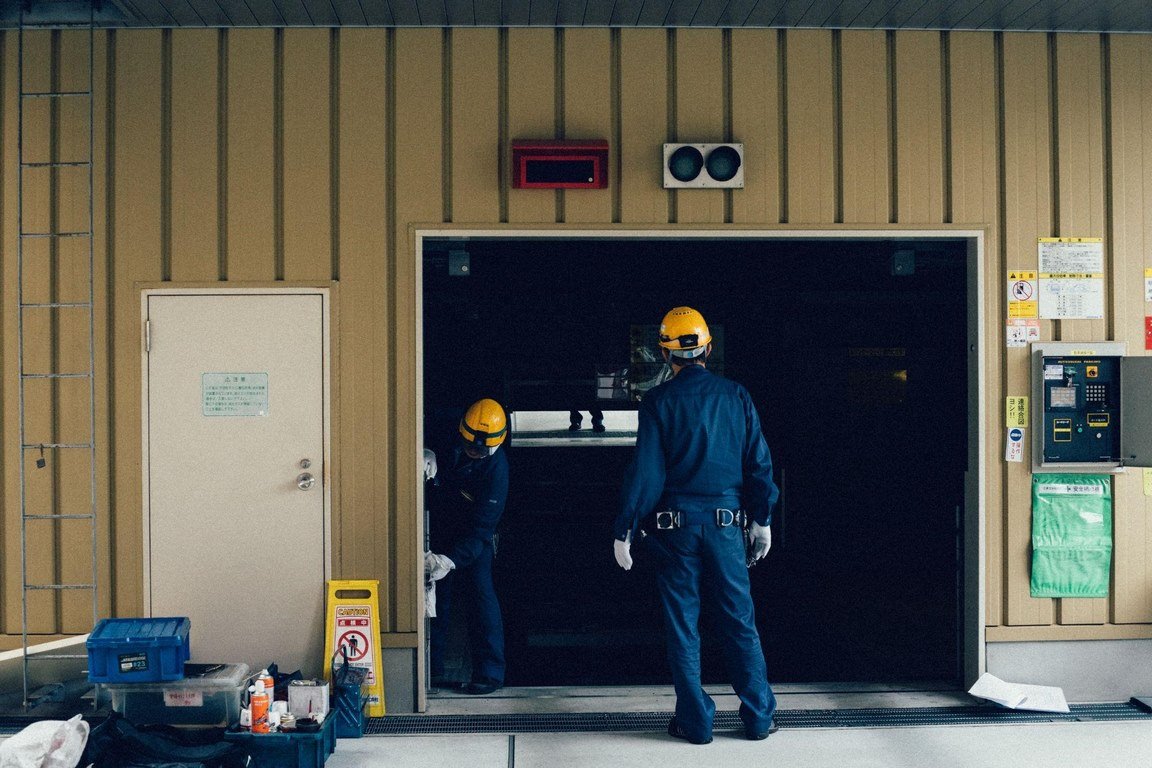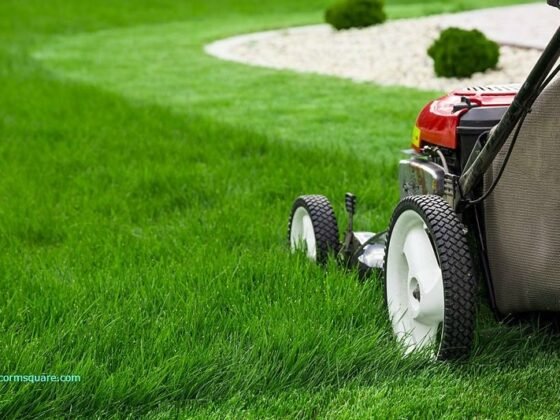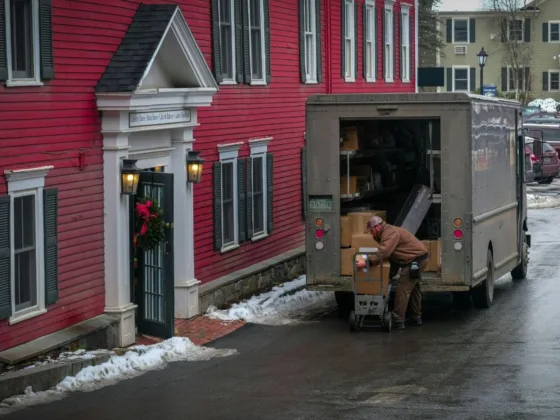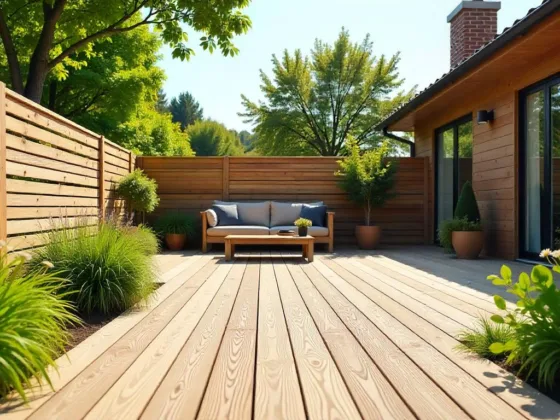Table of Contents Show
An automatic garage door makes life a lot easier. You can open the door from the comforts of your car – a blessing on rainy or cold, winter days.

Unfortunately, many homes still come with manual garage doors. Homeowners have to either replace it with an automatic one on their own or hire a professional to do it.
We look at eight things you need to keep an eye on during and after converting your manual door to automatic.
1. The Type of Garage Door Currently Installed
Before starting the replacement process, you need to figure out the type of garage door you have. The most common types are:
- Sectional: The door has horizontal side panels joined with hinges. The hinges allow it to curve and bend when it opens and closes.
- Roller: These are like shutters – the door has small, horizontal panels that easily roll up and down.
- Side-hinged: The door has two main panels that open like a regular door, in and out.
Both sectional and roller manual doors, in theory, can be converted to automatic.
All you have to do is install an automatic door opener, as long as the door is in good condition. But do bear in mind that the installation process requires some technical knowledge.
Side-hinged doors, on the other hand, are not as easy. The doors open and close mechanism doesn’t work with automatic door openers. You will have to consider getting new garage doors to automate your garage.
2. Your Garage Door’s Condition
After figuring out the type of door you have, you need to assess its condition. Move the door up and down, does it move freely? Look at the frames as well as the panels are they in shape? If the door wobbles or is in poor condition, it would be wiser to repair or replace it before making it automatic.
We only recommend you repair the door if it gives slight trouble moving up and down.
If you notice any wear and tear on the door itself, the best thing is to replace it. It may be costly, but consider it an investment in your home. Homes with automatic garages will attract more buyers.
Read Also:
3. Your Garage
Automatic garage doors usually have motors hooked to the ceiling of the garage. The door panels slide up and cover parts of the ceiling.
Therefore, you need to make sure there is enough space and headroom in the garage to install the motor. Of course, there should be space for the rolled doors too.
If your garage already has limited headroom, then installing a motor on the ceiling isn’t a good idea. The motor will also require electricity to run.
Therefore, you need to make sure the garage has a power source. Performing these checks beforehand can save you the hassle of potentially wasting your money on a door opener that may end up not being used.
4. Picking the Right Door Opener
When picking a door opener, you need to consider the type and horsepower. The three most popular types are:
- Belt: The opener uses a rubber belt that slides the trolley to open and close the door. The opener is relatively quiet when compared to the chain option.
- Chain: The opener uses a chain to slide the door up and down. It is durable and ideal for heavy doors.
- Screw: The opener has threaded steel rods that lift and close the door. It is a great alternative to chains for heavy doors, as it is quieter.
When picking a type, make sure your account for the door’s weight. Belt options are not suited for heavy doors.
At the same time, you need to look at the horsepower of the opener’s motor. Another factor that determines if the motor can lift the door or not.
For lighter doors around 22” in width, .5 horsepower is sufficient. Wider and heavier doors require more power. Therefore, openers with .75 or 1 horsepower should be enough.
5. Staying Safe During the Replacement Process
You should be careful anytime you work with anything mechanical. While you won’t have to deal with dangerous tools while installing the opener, make sure you don’t plug it in until you are ready to start.
The last thing you want is the opener to turn on during the process resulting in an injury from the door hitting you.
You also want to be careful when inserting the chain or belt in the rail and around the pulleys.
Don’t get your fingers stuck. Be sure to read the installation instructions that come with the opener as well as the warnings to ensure smooth sailings during the installation process.
If you aren’t comfortable doing the installation yourself, you can seek professional help.
6. Look and Listen for Faults, After You’ve Replaced the Door
After you’ve installed the automatic opener, test it out. So, you can see if it functions well or not.
While performing the test, keep your eyes and ears open. Any noise, such as grinding and jerking, is a sign that the door or the opener is not functioning as it should.
Inspect every little part and make sure all the screws and bolts are fitted tightly. The door should open and close smoothly.
7. Lubricating the Garage Door Parts
The rollers and brackets of the door need lubrication from time to time to function well.
Otherwise, the door has trouble during the opening and closing process. Before you start using the door, make sure to lubricate the bracket and rollers.
Check on the parts every month and reapply lubrication as needed. While lubricating may not seem like a lot, it will prolong the life of the door and its parts.
8. Annual Maintenance
Automatic garage doors have more moving parts than manual ones. So, require maintenance more frequently.
We recommend checking on the opener and the door parts once a year. As mentioned before, you can lubricate the rollers, check the springs of the door, and panels. Be sure to replace any parts that are a cause for concern.
Final Thoughts
Automatic garage doors have built-in safety features and are easier to use than their manual counterparts.
The checks you perform when replacing your manual garage door with an automatic will ensure you make a smooth transition. It may seem like a lot to take on, but eliminates the chances of you facing problems after the conversion.
Also, remember the replacement is not the end of the process. You need to regularly perform maintenance checks on the door and opener. Otherwise, you will run into problems with it.
Author Bio:
Ran Kroynish is an experienced handyman who’s been working for Elite Garage Door Of Tacoma for 10 years. When he’s not fixing garage doors, he likes to share his repairment ideas and knowledge with others.









